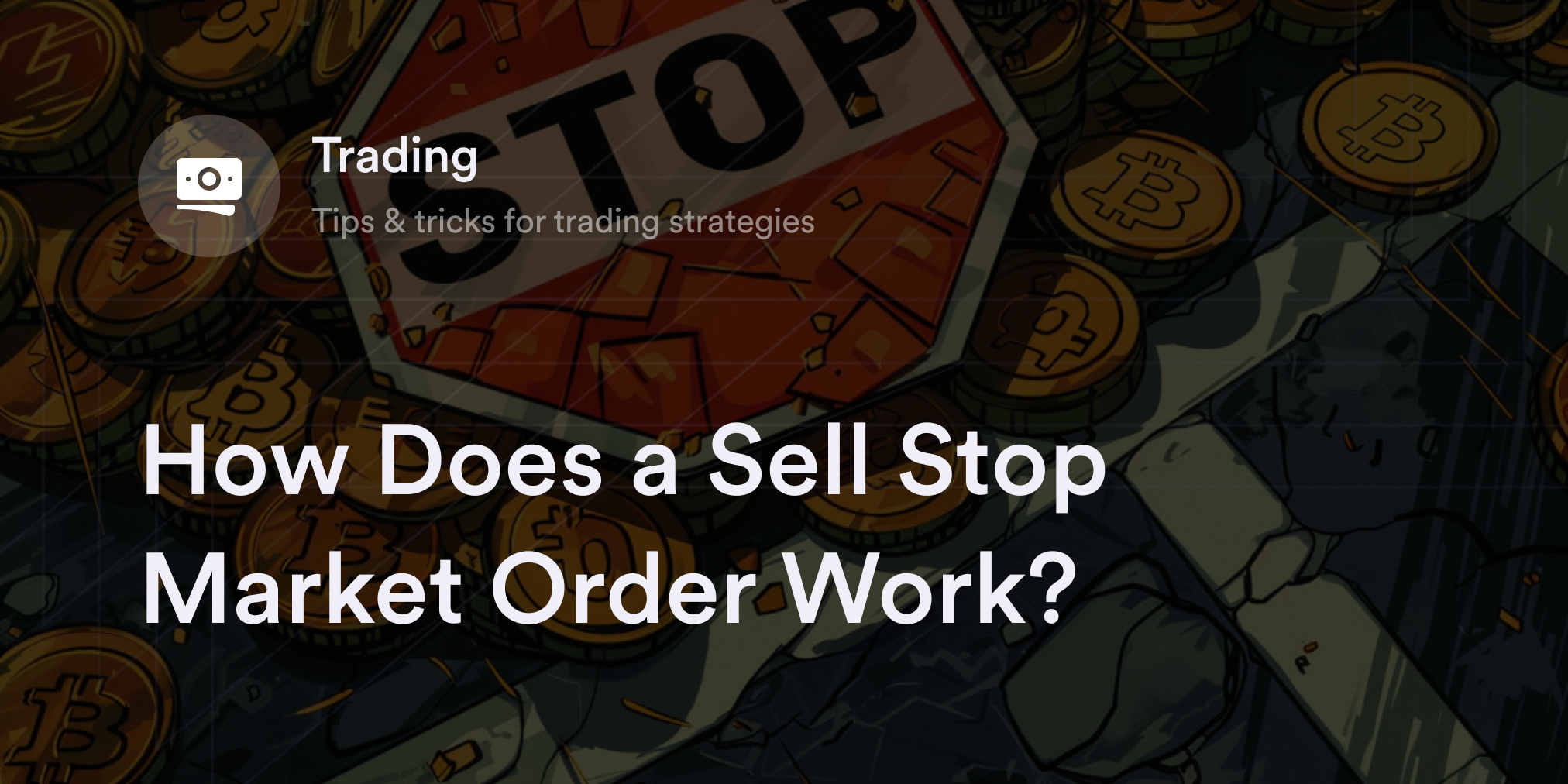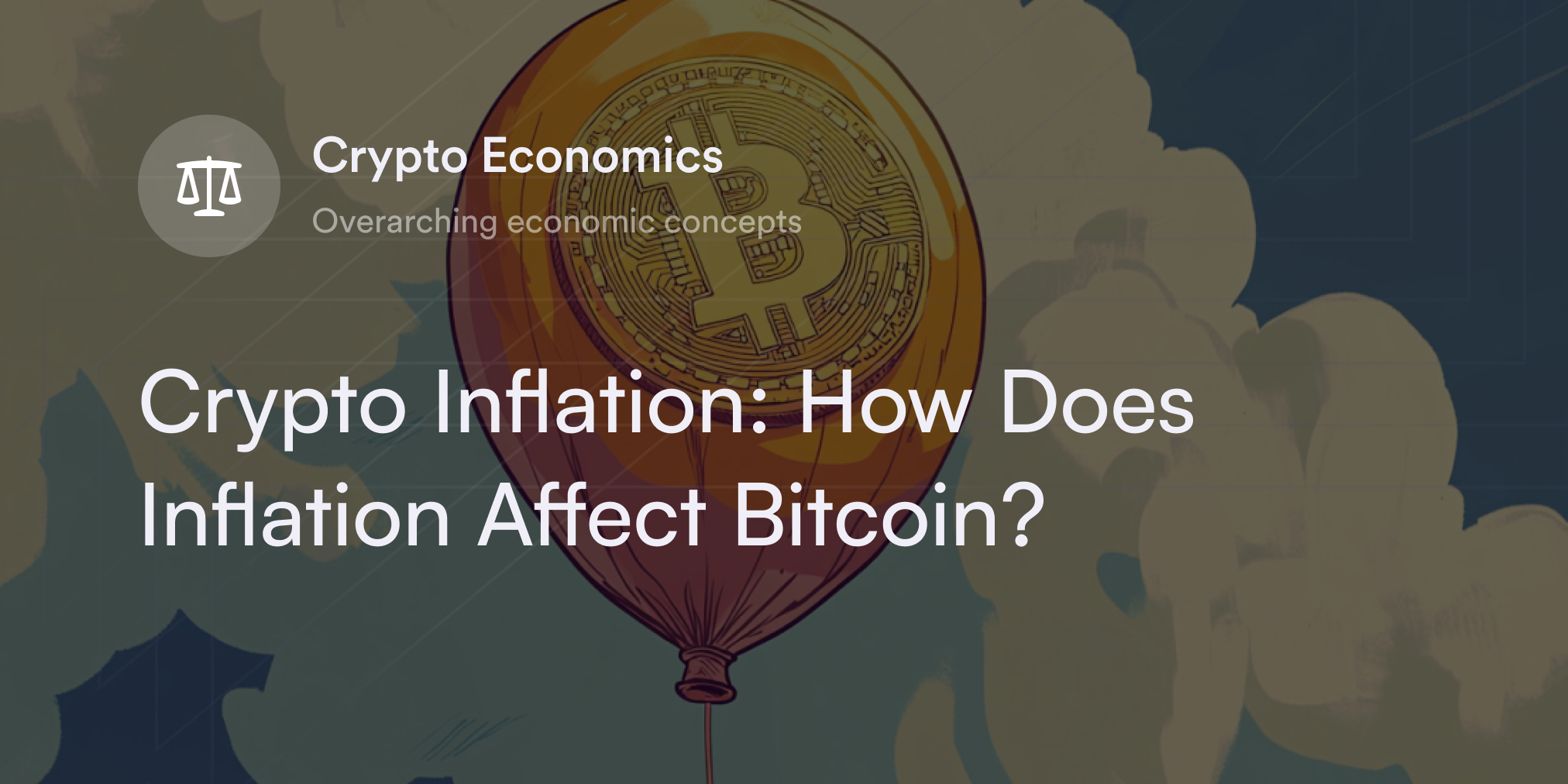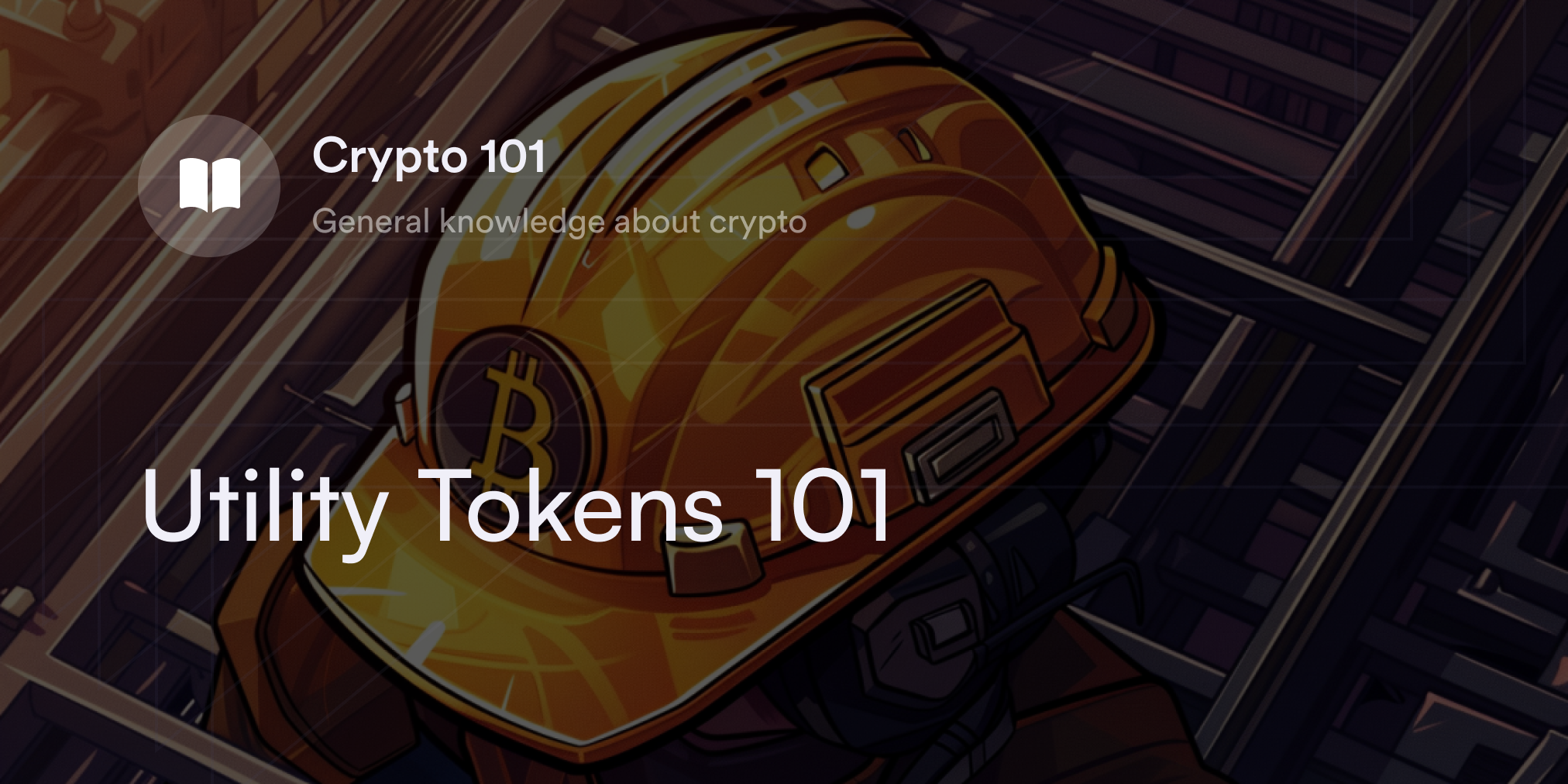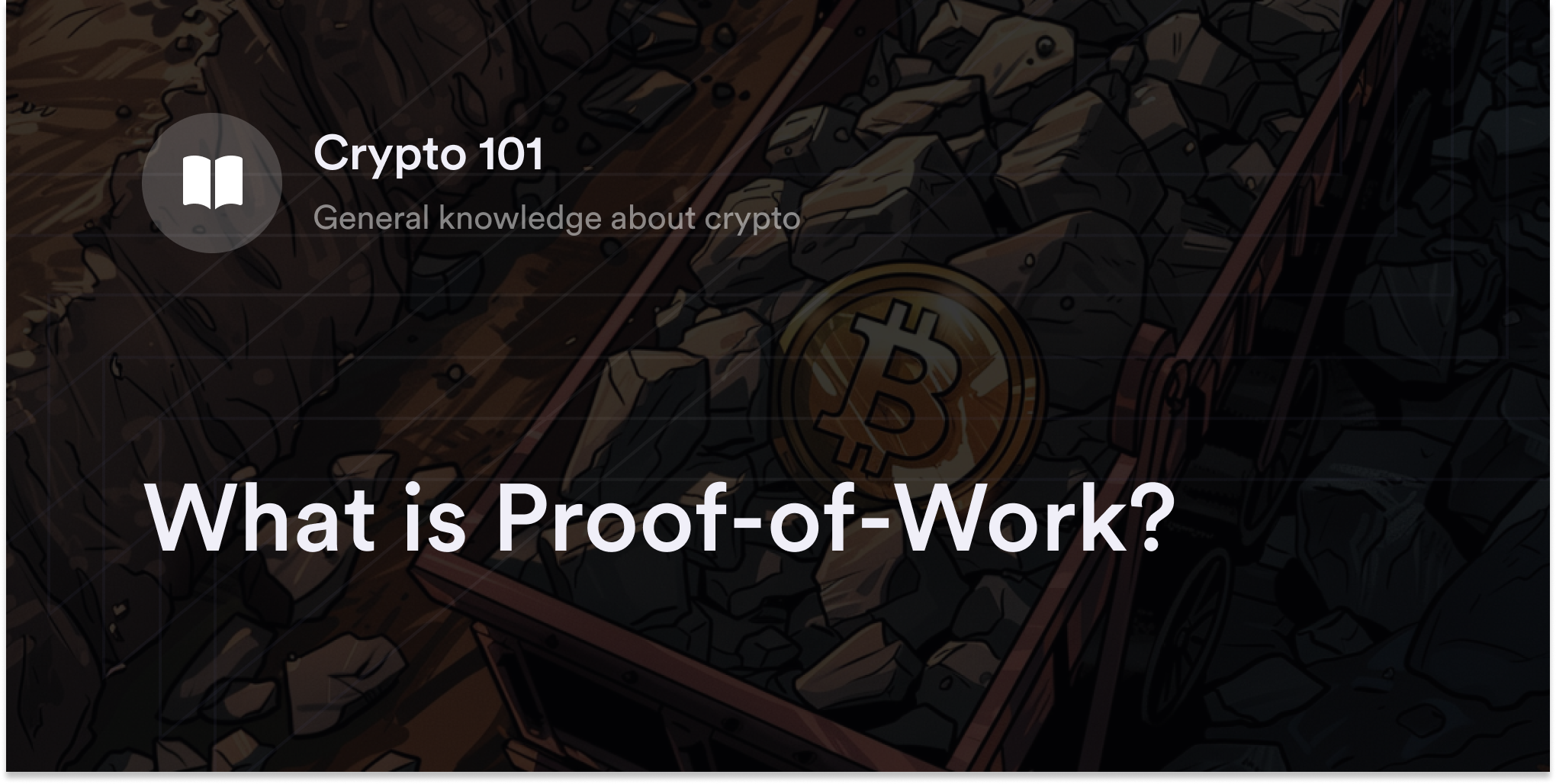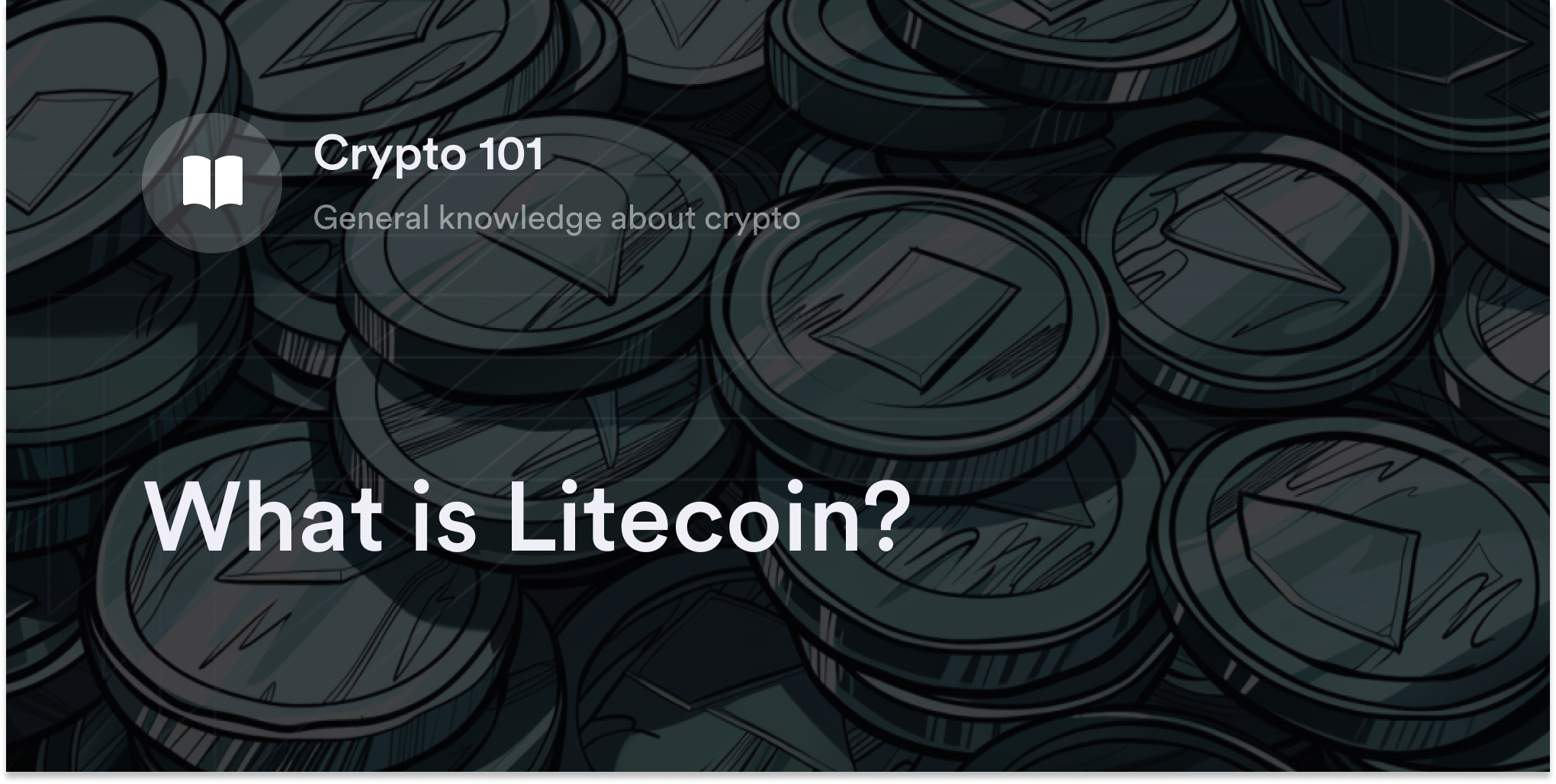
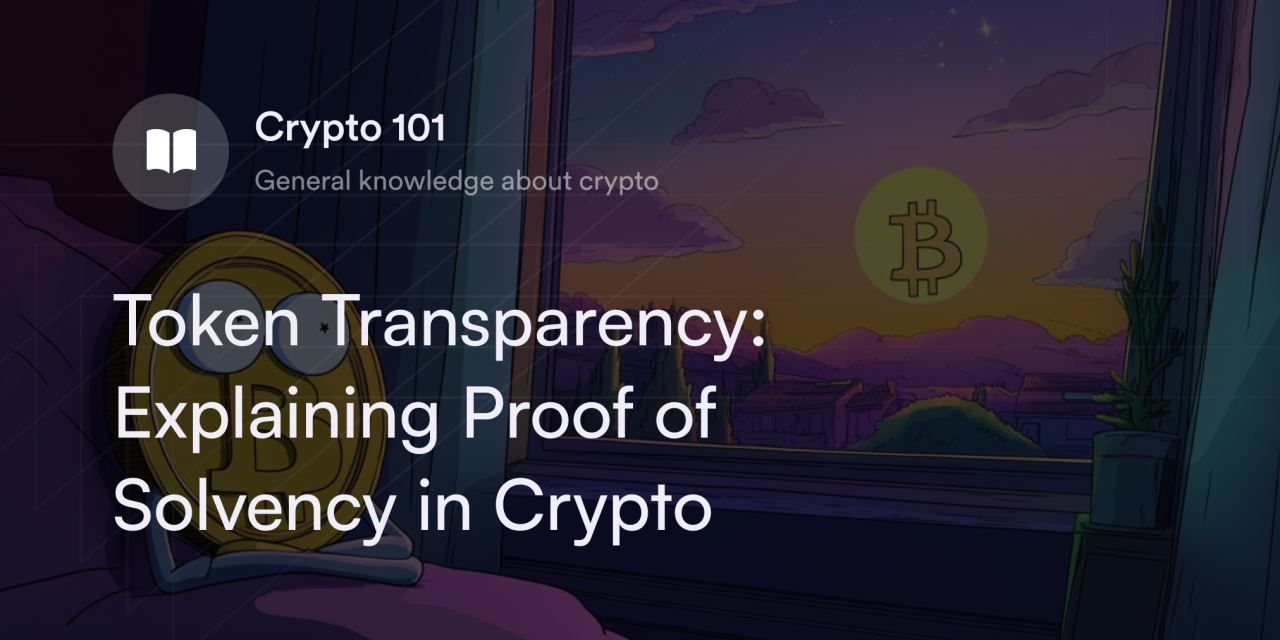

“Don’t trust, verify” is a legendary mantra in the cryptocurrency community. The three pithy words highlight the high faith crypto traders place in consensus algorithms, transparent ledgers, and decentralized technologies—rather than entrusting their assets to third parties.
Although many crypto traders aspire for complete decentralization, there’s an inherent reliance on the integrity and security of today's crypto services, especially centralized exchanges (CEXs). But how do crypto traders know if their chosen platform has the digital assets it claims to hold?
Proof of Solvency is one popular proposed solution to providing crypto traders with tamper-proof transparency throughout web3. In this guide, we’ll explain how Proof of Solvency enhances the reliability and trustworthiness of the blockchain sector without depending on counterparties.
What is Proof of Solvency in blockchain?
Proof of Solvency is a screening method that aims to use cryptographic technology and decentralized blockchains to reveal an exchange’s financial health. In a Proof of Solvency report, stakeholders see a transparent record of the total assets and liabilities in an exchange’s treasury, which can show whether it has sufficient funds to cover its responsibilities.
Although Proof of Solvency is often used interchangeably with terms such as “Proof of Liabilities” or “Proof of Reserves,” it includes both metrics to provide traders with the most comprehensive view of an exchange’s holdings versus its obligations. While Proof of Solvency reports are common on CEXs, any crypto-related protocol may use these techniques to establish trust with the online community—including decentralized exchanges (DEXs), crypto loan websites, or fundraising portals.
How does Proof of Solvency work?
There’s no standardized method for publishing Proof of Solvency records on crypto exchanges, and some platforms use third-party blockchain firms to audit assets and liabilities. However, many CEXs use cryptographic and decentralized screening technologies to provide transparency while avoiding accusations of counterparty interference.
For example, CEXs often use the Merkle tree data structure to organize every financial transaction on their platforms into secure, succinct, and easily verifiable hash functions. In the Merkle tree system, every discrete transaction in a data block goes through a cryptographic hash function to receive a unique and deterministic “output value.” Cryptographic programs keep generating hash functions with transaction data until they arrive at the Merkle root hash, which represents all the transaction values in a dataset. Because Merkle trees compress financial data and provide cryptographically secure “IDs” for every transaction, they make it simpler for CEXs to maintain, share, and prove the latest records on their Proof of Solvency.
In addition to Merkle trees, Proof of Solvency screenings often use privacy-preserving technologies like zero-knowledge (ZK) proofs to ensure each client’s identity is safe when reporting on total liabilities. For example, ZK SNARKs (short for “Succinct Non-Interactive Arguments of Knowledge”) use cryptographic algorithms to prove one party has specific information without directly revealing this data to the verifier.
In the context of Proof of Solvency reports, ZK SNARKs help demonstrate that a user controls the private keys in a corresponding crypto address without publishing confidential information on the final report. With ZK-proof technology, exchanges reveal accurate information on the liabilities of all of their clients without the need to collect or share sensitive personal details.
Some exchanges routinely take onchain “snapshots” of their assets and liabilities to prove their solvency over time. However, since snapshots don’t update in real-time—and critics have questions over whether these reports are staged—some crypto traders view them with a grain of salt.
Instead of relying on snapshots, some crypto exchanges work with decentralized oracle providers like Chainlink to connect onchain and offchain data for real-time Proof of Solvency tracking. Since oracles provide an unbiased way to communicate data and port price feeds between offchain and onchain sources, they provide exchanges with a more dynamic and decentralized method for proving their assets’ solvency.
Pros and cons of Proof of Economic Solvency
Proof of Solvency is a valuable tool for bringing transparency to the crypto ecosystem, but there are a few concerns over this system’s reliability. Before taking a Proof of Solvency report at face value, traders should consider the potential limitations of this screening method.
Pros of Proof of Solvency
Transparency and enhanced trust
The primary purpose behind Proof of Solvency protocols is to provide traders with extra peace of mind. Traders can use them to assess whether an exchange has enough funds to cover the cryptocurrencies in their accounts.
Reduces risk of panic selling
Because Proof of Solvency gives traders a glimpse into an exchange’s financial health, there’s less risk of sparking a massive fear-based selling event (aka a “bank run”). The transparent proof of an exchange’s assets and liabilities may help quell unfounded rumors of insolvency swirling on crypto social media.
Improves regulatory compliance
As more governments develop policies for crypto regulation, Proof of Solvency provides a way to comply with local laws while respecting web3 values, such as decentralization and privacy. As more cryptocurrency companies adopt Proof of Solvency, they help set a high standard for the crypto industry and establish cooperation with respected regulatory bodies.
Cons of Proof of Solvency
Possibility for data manipulation
Although techniques like Merkle trees and ZK proofs improve the reliability of Proof of Solvency protocols, there’s a chance CEXs aren’t telling the entire story (especially if they don’t report their offchain transactions). Traders should consider whether the data and cryptographic standards an exchange presents in their Proof of Solvency reports are accurate and free from manipulation.
Lack of standardization
Despite Proof of Solvency’s growth in recent years, there aren’t industry-wide standard procedures for implementing this protocol. Without a well-defined rubric for tracking and reporting assets versus liabilities, each exchange is liable to leave out significant information.
Technical complexity
Implementing Proof of Solvency systems into existing blockchains is often a costly and complex endeavor. Plus, since many cryptographic techniques like ZK proofs are still being developed, crypto companies have to constantly update and invest in their security protocols to keep up-to-date with the latest trends.
Trade perps with confidence on dYdX Chain
Since launching in 2017, dYdX has strived to embody the highest ideals for transparency in decentralized finance (DeFi). To promote trust with eligible traders, dYdX works closely with third-party auditors like PeckShield and Zeppelin Solutions to ensure integrity and that the funds on the blockchain are publicly viewable. For more details on the latest security and transparency standards, check out the official dYdX blog.
Also, check out dYdX Academy, our in-house education hub, for more beginner-friendly guides on crypto trading and web3 safety, and start trading on dYdX today.
Disclosures
The content of this article (the “Article”) is provided for general informational purposes only. Reference to any specific strategy, technique, product, service, or entity does not constitute an endorsement or recommendation by dYdX Trading Inc., or any affiliate, agent, or representative thereof (“dYdX”). Use of strategies, techniques, products or services referenced in this Article may involve material risks, including the risk of financial losses arising from the volatility, operational loss, or nonconsensual liquidation of digital assets. The content of this Article does not constitute, and should not be considered, construed, or relied upon as, financial advice, legal advice, tax advice, investment advice, or advice of any other nature; and the content of this Article is not an offer, solicitation or call to action to make any investment, or purchase any crypto asset, of any kind. dYdX makes no representation, assurance or guarantee as to the accuracy, completeness, timeliness, suitability, or validity of any information in this Article or any third-party website that may be linked to it. You are solely responsible for conducting independent research, performing due diligence, and/or seeking advice from a professional advisor prior to taking any financial, tax, legal, or investment action.
You may only use the dYdX Services in compliance with the dYdX Terms of Use available here, including the geographic restrictions therein.
Any applicable sponsorship in connection with this Article will be disclosed, and any reference to a sponsor in this Article is for disclosure purposes, or informational in nature, and in any event is not a call to action to make an investment, acquire a service or product, or purchase crypto assets. This Article does not offer the purchase or sale of any financial instruments or related services.
By accessing this Article and taking any action in connection with the information contained in this Article, you agree that dYdX is not responsible, directly or indirectly, for any errors, omissions, or delays related to this Article, or any damage, injury, or loss incurred in connection with use of or reliance on the content of this Article, including any specific strategy, technique, product, service, or entity that may be referenced in the Article.
